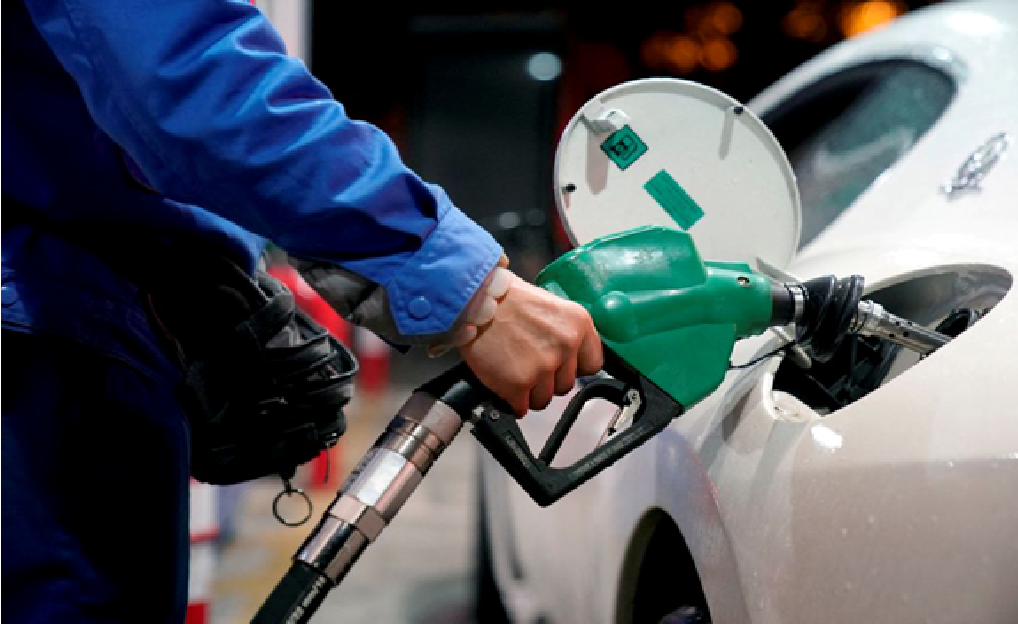Read in this article
- Chinese refineries began cutting back on refined fuel exports in January.
- Gasoline exports fell as road traffic recovered in major Chinese cities.
- Domestic consumption of gasoline was high during the annual Chinese new travel season.
- China’s seaborne jet fuel exports may also decline in February.
Gasoline demand in China is rebounding after the country’s lifting of lockdown measures to combat the coronavirus outbreak, which could cut China’s fuel exports in February, according to two China-based consulting firms and trade exporters.
The sources expected a decrease in China’s gasoline exports for the month of February, between 285 thousand tons and 360 thousand tons, from levels of 840 thousand tons in January; This boosts Asian refining margins, Reuters reported.
And Chinese customs data showed that this decline would be the lowest since gasoline exports amounted to 224 thousand tons in February 2015, according to what was seen by the specialized energy platform.
For its part, refineries in the world’s second-largest oil consumer began cutting refined fuel exports in January, due to a rebound in domestic gasoline demand. Which reflected the rise in exports in the last quarter of 2022.
Analysts are likely that the decline in gasoline exports from China will lead to a reduction in regional supplies before the peak of the summer travel season in the countries of the northern hemisphere. which leads to higher refining margins in Asia; Buyers pay higher rates to secure shipments.
Chinese traffic recovery
Exports fell as road traffic in major Chinese cities recovered or exceeded last year’s levels, with migrant flows during the Lunar New Year period reaching the highest level in 5 years, according to China’s traffic data.
“Traffic is normal and there are no other restrictions,” said Emma Li, China oil market analyst at energy and freight flows analytics firm Vortexa. So the demand for gasoline was high during the Chinese New Year’s annual travel season.
“The levels of post-holiday commercial stockpiling are also likely to be low, limiting export shipments,” Li added.
The difference between the purchase price of crude oil and the selling price of benchmark gasoline in Asia has been trading above $10 a barrel since mid-January – the highest level in 6 months.
This is mainly due to lower Chinese supplies and some opportunistic price differential requests from the US.
Two other traders, based in Singapore, estimated that China’s seaborne jet fuel exports could drop in February to 400,000 tons from around 500,000 tons in January, Reuters reported.
Moreover, domestic demand is picking up given that weekly figures for aircraft passengers surpassed 10 million as of late January, the highest level in at least 10 months, according to Chinese flight data firm VariFlight.
Last week, Variflight reported that the number of domestic air passengers had reached 86%, up from pre-pandemic levels.
The resumption of international flights will increase demand for refueling planes at Chinese airports – which are counted as exports – bringing total jet fuel exports in February to 1.83 million tons from 1.2 million last month, according to consulting firm JLC.
Diesel exports remain high
China’s diesel exports are expected to reach more than 2 million tons; Seasonal domestic demand for industrial and truck fuels remains weak, according to consulting firm Wood Mackenzie and Long Zhongju JLC.
This will bring the combined February exports of diesel, gasoline and jet fuel to between 3.9 million and 4.15 million tons; That is, it is almost stable with the month of January, according to the estimates of consulting firms.
China’s usual winter diesel demand lull has led to limited domestic storage activities, with greater incentives for Chinese refiners to ship the fuel abroad at better profit margins, said a China-based trade analyst, according to a report seen by the specialized energy platform.
China’s large export volumes will continue to weigh on Asian diesel margins, which fell by 18% last month despite fears of tight supplies following the embargo and capping of Russian oil prices from February 5.

Russian imports
China Petroleum and Chemical Corp., or Sinopec, as well as PetroChina and Sinopec will continue to increase purchases of Russian crude oil in the coming months, people familiar with the matter said, according to information monitored by the specialized energy platform.
The purchased shipments include the main Urals crudes, which come from Russia’s far western ports, as well as East Siberian and Pacific blends, which are loaded from Pacific terminals, according to Bloomberg.
China’s giant state-owned oil refining companies are seeking to speed up purchases of Russian crude, due to the attractiveness of cheap shipments from Russia, and the recovery in demand after abandoning the policy of eliminating the epidemic in the country.
Daphne Ho, senior research analyst for oil and refining at Wood Mackenzie, said that processing Russian crude will improve refining margins at Chinese state-owned refineries. What makes it competitive in exporting fuel to other buyers in Asia and Europe.
Also read..

Leave a Reply